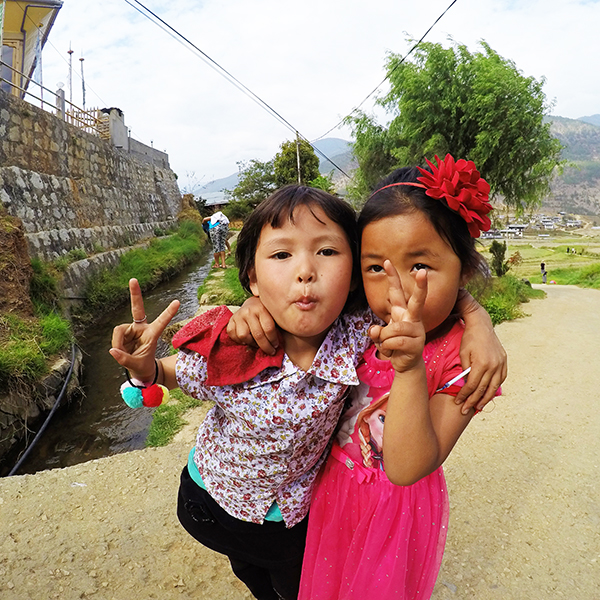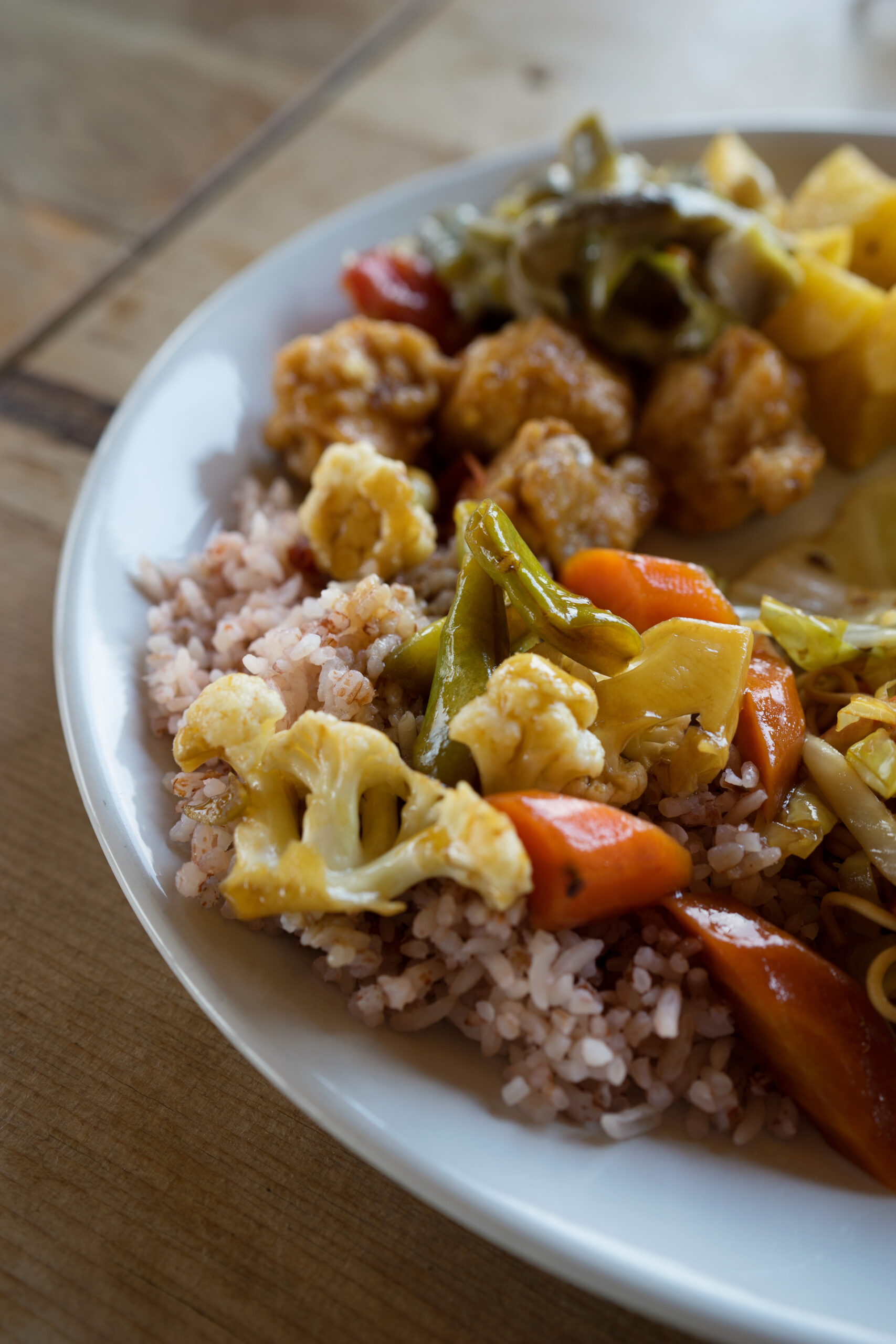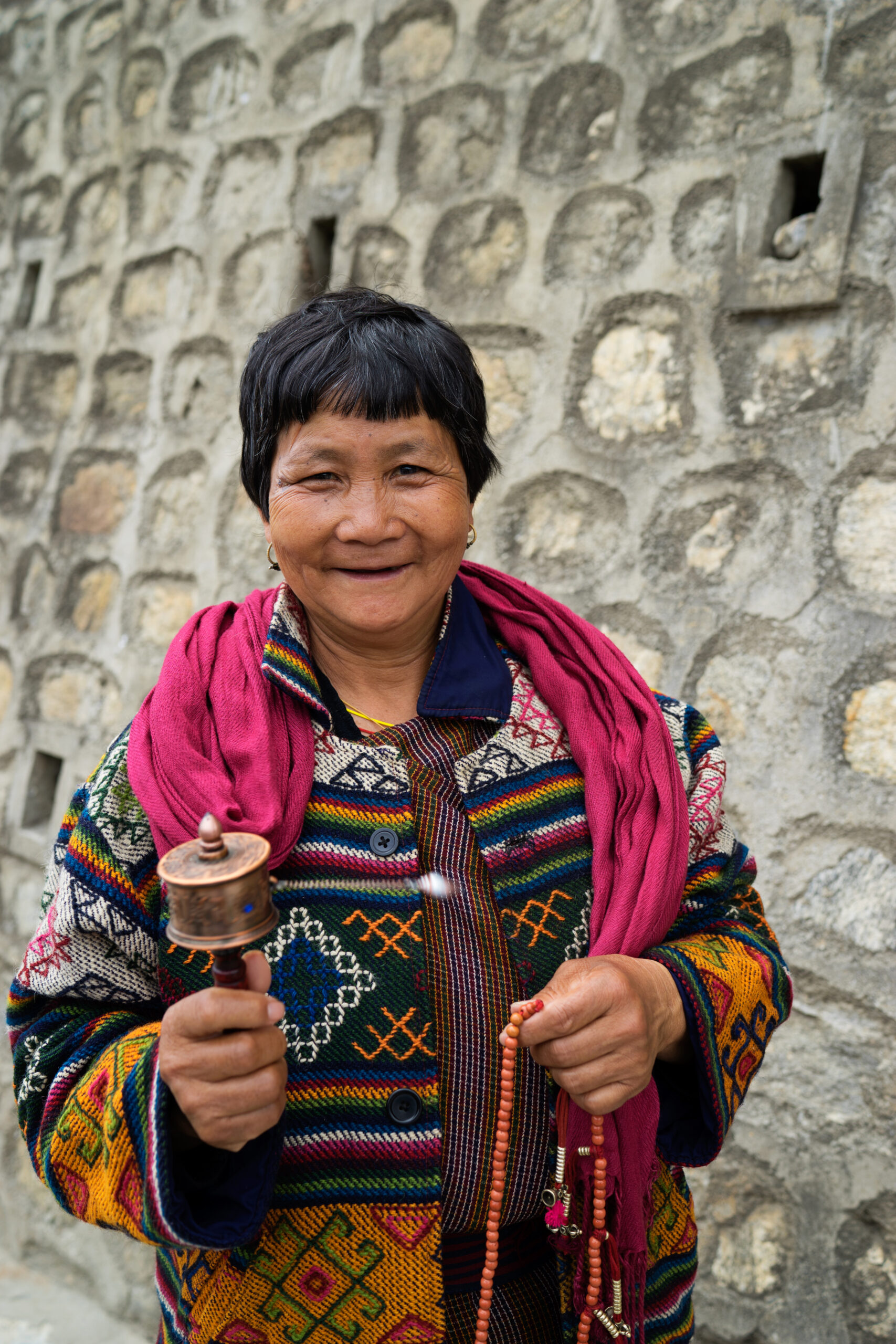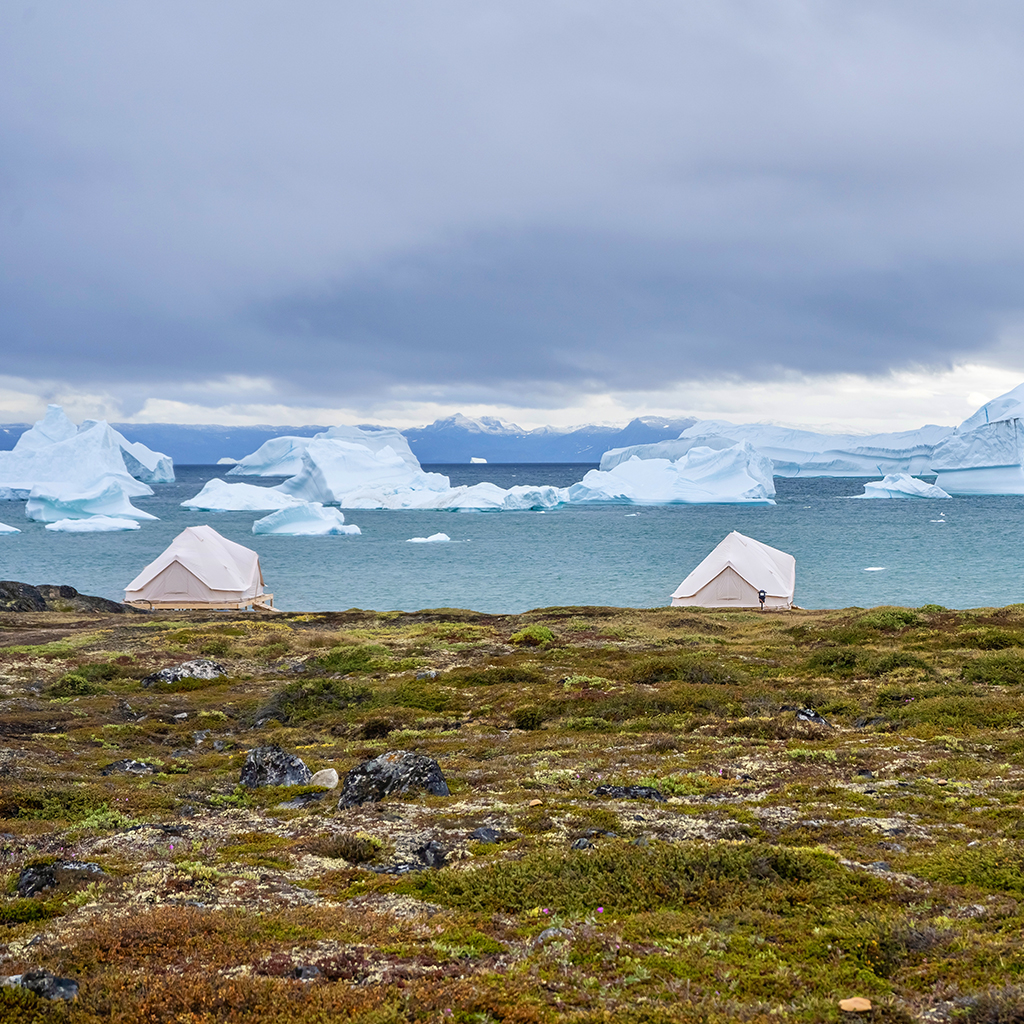
Located between India and China in South Asia, the tiny but mighty kingdom of Bhutan may have flown under your radar (until now)…but there are many reasons it should be at the top of your to-go list!
The Himalayan mountains encompass Bhutan in both the north and west, while tropical plains are found in the south, though it’s a country covered almost entirely by mountains. It’s also the only Buddhist kingdom in the world, making it the perfect place to escape and find your zen through activities like yoga, meditation, and prayer (namaste — in advance).
Known for its focus on happiness and remote way of life, Bhutan was shut off from the outside world until very recently. The internet and television both arrived in Bhutan in 1999 (!), so its culture has been very closely protected. Thousands of species of plants and rare primates, such as the golden langur, call Bhutan home!
If you plan to visit, first know that Bhutan only issues a limited number of tourist visas a year, so make sure your documents are in order before you enter the country. If you travel with The Travel Yogi, we’ll help you get everything sorted (don’t stress).
Second, you need to know how to communicate with the locals. Here’s a guide to help you get started.
What language do the Bhutanese speak?
The country’s official language, Dzongkha, means “the language of the fortresses.” Many people also speak English as well as Hindi, but you should learn to speak basic Dzongkha before your travels (it’s not only helpful, but impressive!)
Dzongkha is not written with Roman characters, but most of the consonants in Dzongkha are pronounced like they are in English.
The “h” that you may notice after some consonants indicates that the preceding letter is aspirated, but the ‘h’ isn’t actually pronounced. For example, ‘th’ is pronounced ‘ta’ as in ‘take’ not ‘th’ as in ‘thank,’ and ‘ph’ is pronounced ‘pa’ as in ‘pasta’ not ‘ph’ as in ‘phone.’
Before you get started practicing the words, here’s how to pronounce each vowel:
- ‘a’ as in ‘mama’
- ‘e’ as the ‘ey’ in ‘they’
- ‘i’ as in ‘bit’
- ‘o’ as in ‘go’
- ‘u’ as the ‘oo’ in ‘look’
Let’s chat (respectfully!)
As you navigate the country, you’ll need to know how to ask for important things — like how much an item is, or where the restroom is. It’s important to remember that Bhutan is a conscientious and religious country, and you must show respect in all communication!
You may notice as you study that the suffix ‘la’ trails many words and phrases. It’s an honorific, as many Bhutanese feel their remarks sound too harsh without it, and this carries over into English as well. If you hear expressions like ‘yes-la’ or ‘I’m not sure-la,’ it simply implies respect.
If you’re dying to talk politics, leave controversial opinions at home. While you’re at it, leave the cigarettes behind, too (smoking is banned in all public places throughout Bhutan).
By the time you arrive at Paro International Airport (the only international airport in the country), be prepared to greet the new people you meet with the following words and phrases:
Hello | kuzuzangpo la |
Hi | kuzu |
Goodbye (person staying) | läzhimbe zhû |
Goodbye (person leaving) | läzhimbe jön |
How are you? | chö gadebe yö |
I’m fine | nga läzhimbe ra yö |
It’s nice to meet you | chö chegk dhi sem gai |
Good morning / afternoon | kuzuzangpo |
Good night | chiru delek |
Good night (to sleep) | lek shom ay zim |
Excuse me / I’m sorry | gom ma thay |
Good luck | trashi dele |
What’s your name | chö meng gaci mo? |
My name is | ngê meng… ing |
Where are you from | chö gâti lä mo |
I’m from | nga… lä ing |
Do you speak English? | chö gi in ked shey ga? |
I don’t understand | may shey |
After all that travel, you’re probably hungry

When you’re ready to order your first dish (may we recommend Bhutanese red rice, a staple of Bhutanese cuisine!), take these words with you to the street vendor:
Yes | ing/yö |
Maybe | im ong |
No | mê |
Thank you | kadriche |
No thank you | mi ju |
You’re welcome | de bey ma sung |
Butter tea | suja |
Chili | ema |
Mango juice | am chu kuleh juice |
Minced chicken curry | jasha maroo |
Dumplings | momos |
Potatoes and cheese sauce | kewa datse |
Buckwheat pancakes | khur le |
Red rice | itshum |
Time to go shopping
Now you’re fed, settled in, and confident in your ability to greet the locals and order a treat. These common phrases could come in handy when it’s time to navigate Thimpu, Punakha, or Paro, the three cities you’ll visit on the Bhutan Yoga Adventure, and buy souvenirs:
Where is the toilet? | chabsang ga tey yeth ga? |
What is this | di gaci mo? |
How much | ga de chi mo? |
Discount please | gong phab nang |
Okay, I will buy it | toub nga gi nyo ge |
I know | nga shê |
I don’t know | nga mi shê |
Can I take a photo | pâ tabney chokar la? |
May I take your photo | chögi pâ ci tapge mä? |
That’s okay | di tupbä |
Dzongkha is not yet available on popular language learning app Duolingo, but check out the apps Cudoo, Italki, Mango Languages, or Tandem to enhance your learning before or during your trip.
Language in action

Now that you know the importance of respect in Bhutan and you have the basic vocab in your toolbox, it’s time to understand more about the culture before starting conversations.
When giving or accepting any object, say thank you, and use your right hand — never your left hand. The use of both hands is the most respectful way to accept or give an item.
If you’re exploring and see a beautiful religious object or painting (which, you most definitely will), don’t point with your index finger. The correct way to draw attention to holy objects is to extend your arm in the direction of the object with your palm open and facing skyward.
Finally, be aware that giving out treats to local children is damaging and could contribute to dental problems, especially in remote villages. Handing out money or gifts also creates unrealistic expectations. If you meet a child and want to interact with them beyond conversation, try blowing bubbles, drawing funny pictures, tossing a Frisbee or ball, or taking photos on a digital camera and showing them their images — all with a smile, of course!
Want to test the skills you just learned?
There’s no better way to put language skills to the test than to immerse yourself with native speakers. Join our next Bhutan Yoga Adventure, a 10-day, 9-night journey to find peace through yoga, hiking, rafting, sport, prayer, cooking, and more!

